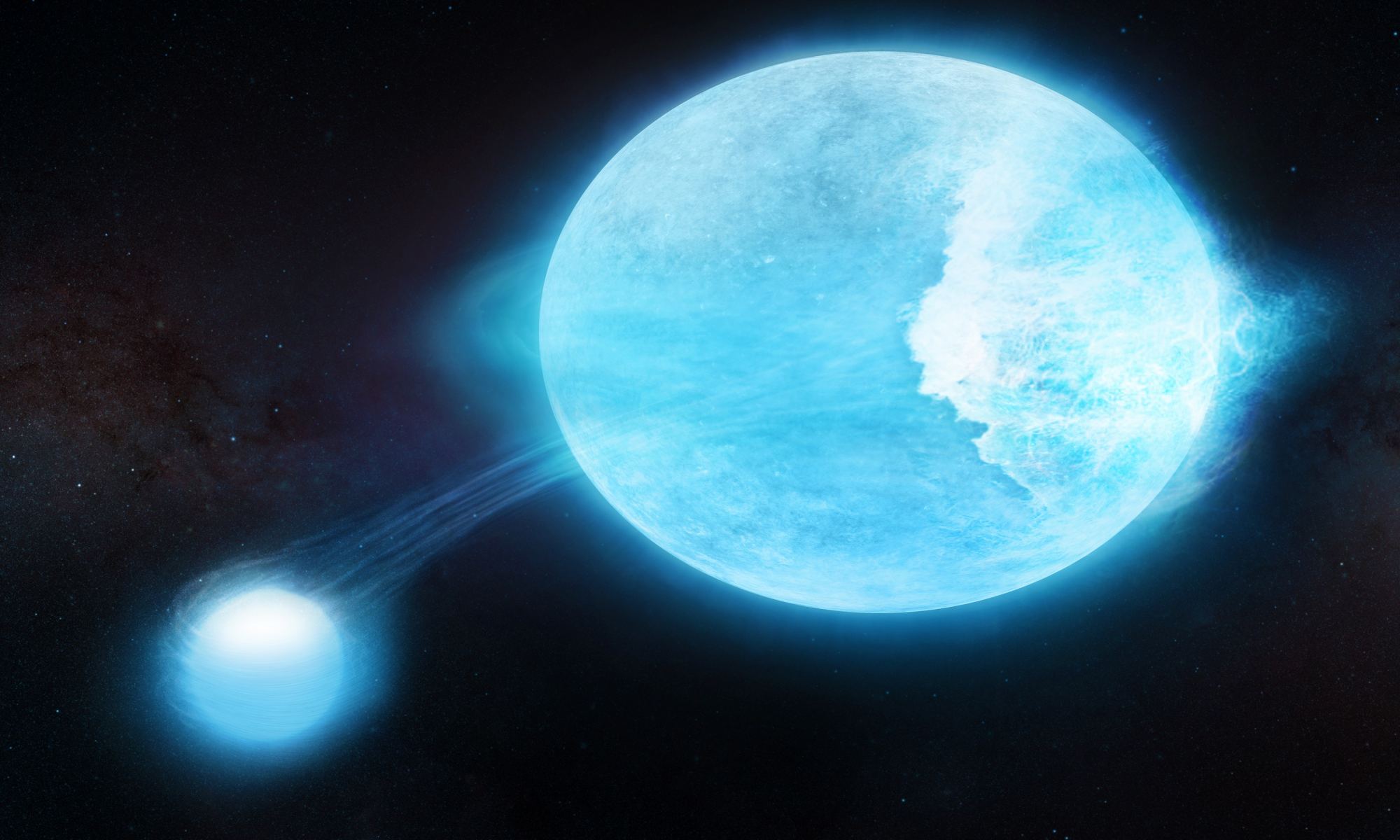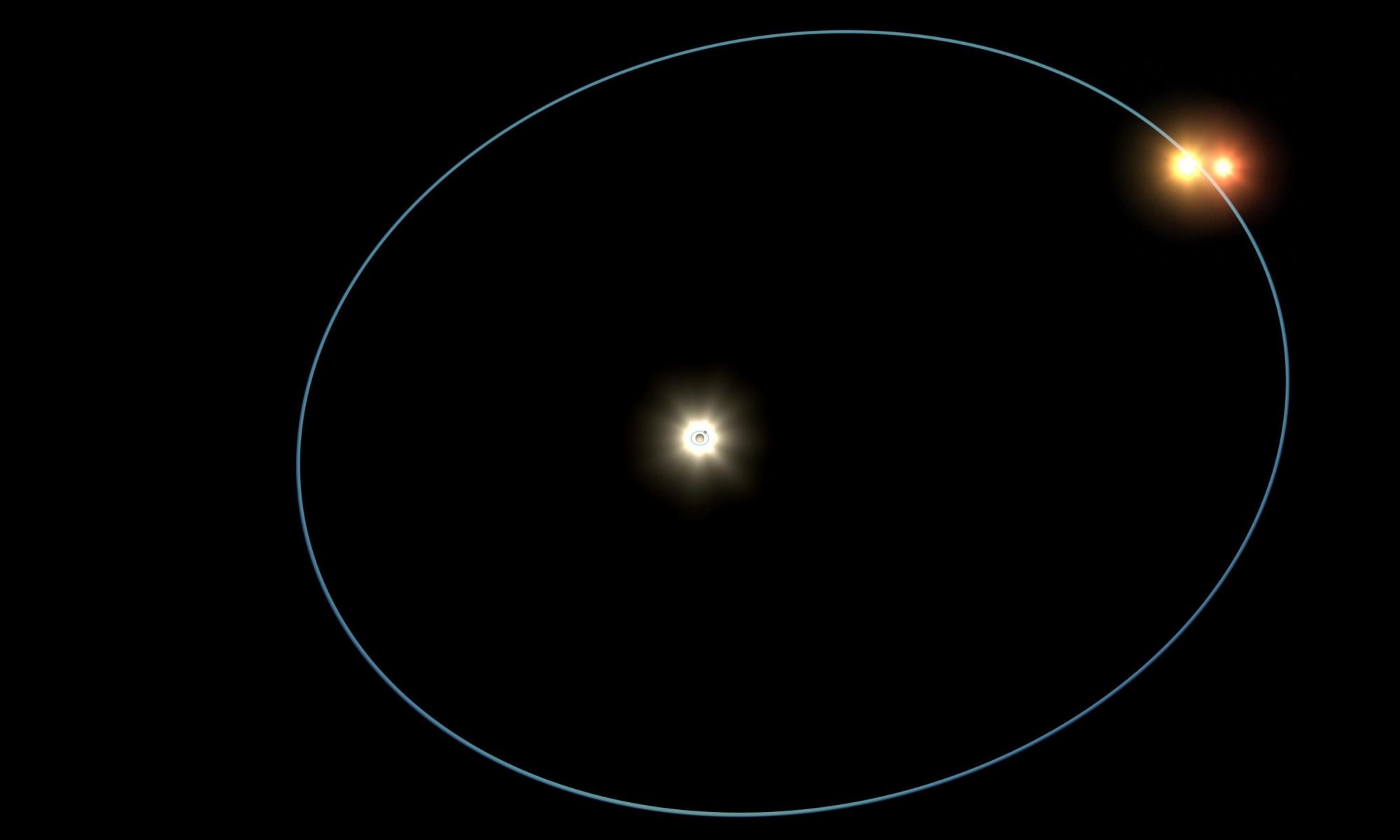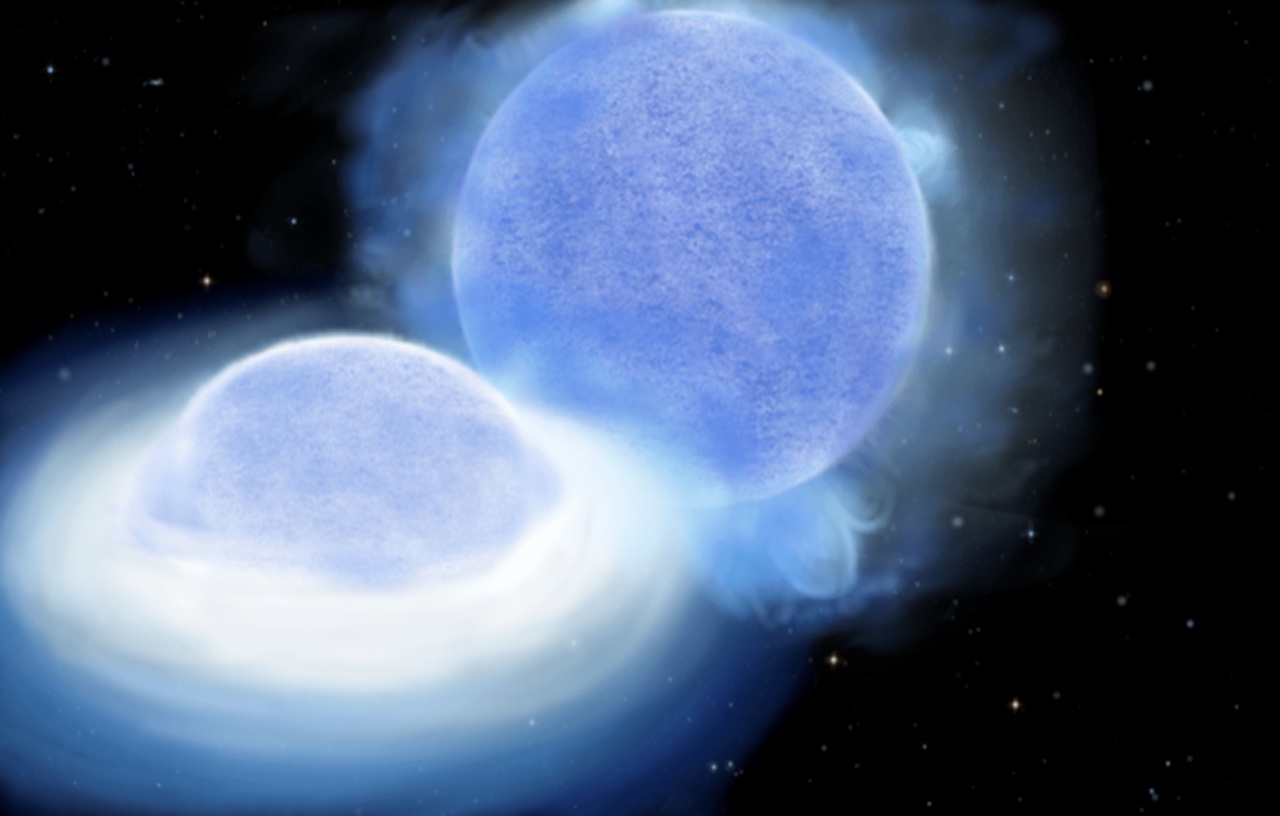When stars reach the end of their life cycle, they shed their outer layers in a supernova. What is left behind is a neutron star, a stellar remnant that is incredibly dense despite being relatively small and cold. When this happens in binary systems, the resulting neutron stars will eventually spiral inward and collide. When they finally merge, the process triggers the release of gravitational waves and can lead to the formation of a black hole. But what happens as the neutron stars begin merging, right down to the quantum level, is something scientists are eager to learn more about.
When the stars begin to merge, very high temperatures are generated, creating “hot neutrinos” that remain out of equilibrium with the cold cores of the merging stars. Ordinarily, these tiny, massless particles only interact with normal matter via weak nuclear forces and possibly gravity. However, according to new simulations led by Penn State University (PSU) physicists, these neutrinos can weakly interact with normal matter during this time. These findings could lead to new insights into these powerful events.
Continue reading “Simulating the Last Moments Before Neutron Stars Merge”


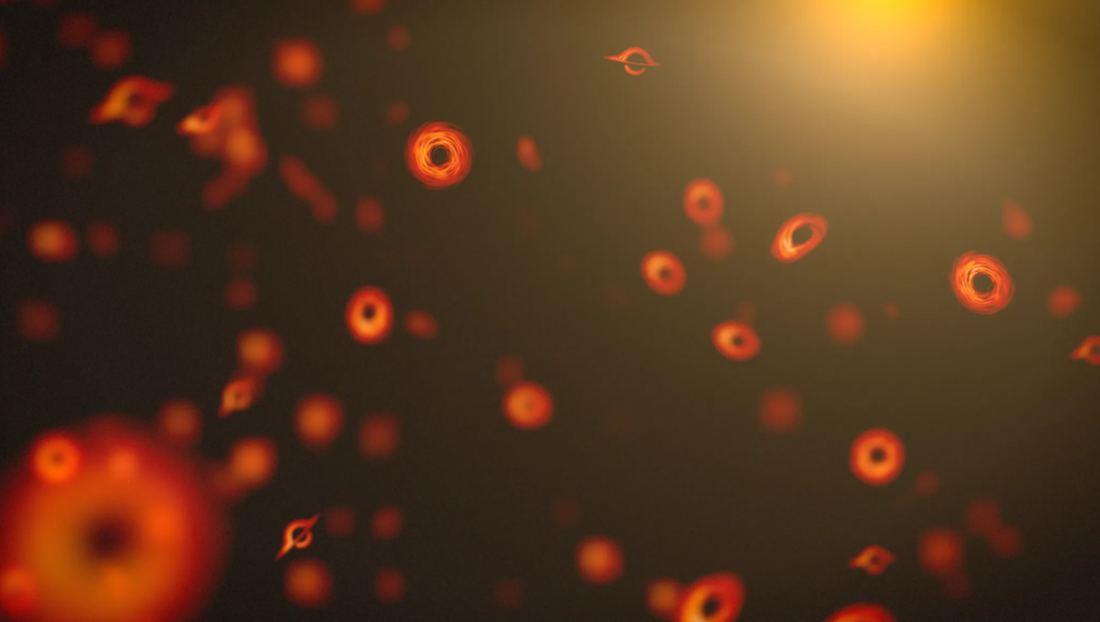


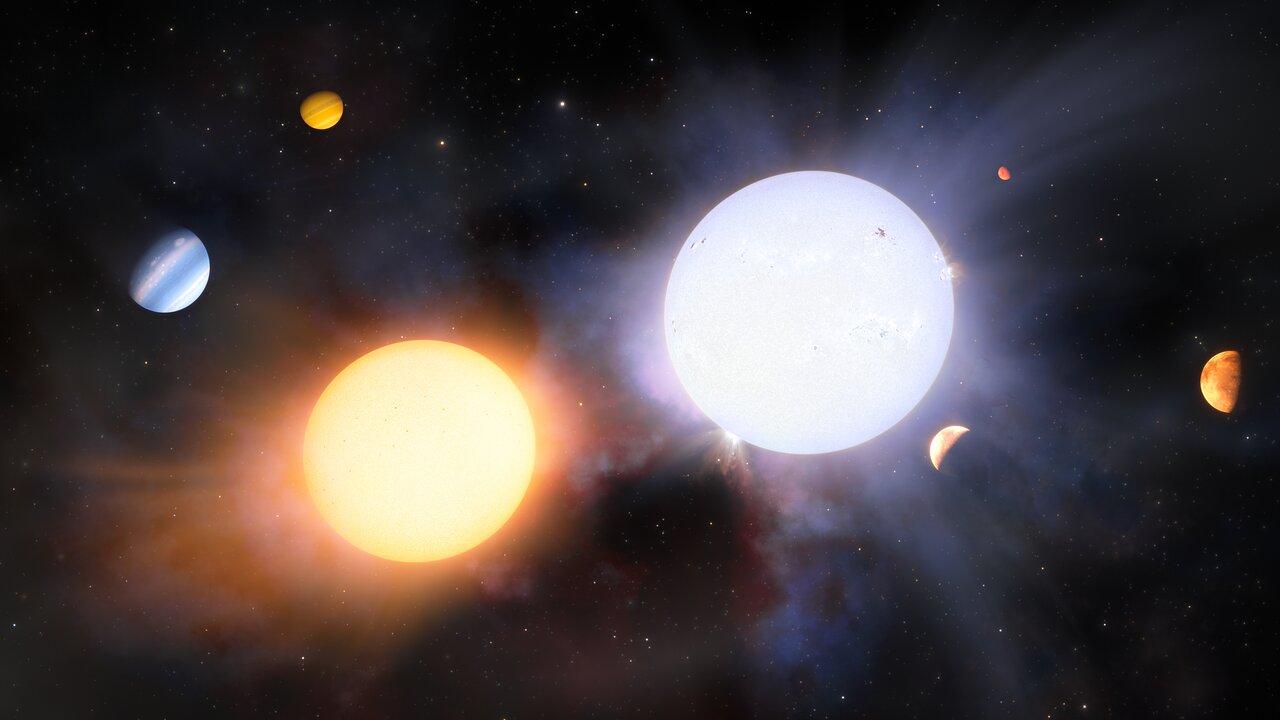
![An artist's conception of a brown dwarf. A new study identifies CK Vulpeculae as the remnant of a collison between a brown dwarf and a white dwarf. Image: By NASA/JPL-Caltech (http://planetquest.jpl.nasa.gov/image/114) [Public domain], via Wikimedia Commons](https://www.universetoday.com/wp-content/uploads/2018/10/Artist’s_conception_of_a_brown_dwarf_like_2MASSJ22282889-431026-2000x1200.jpg)

